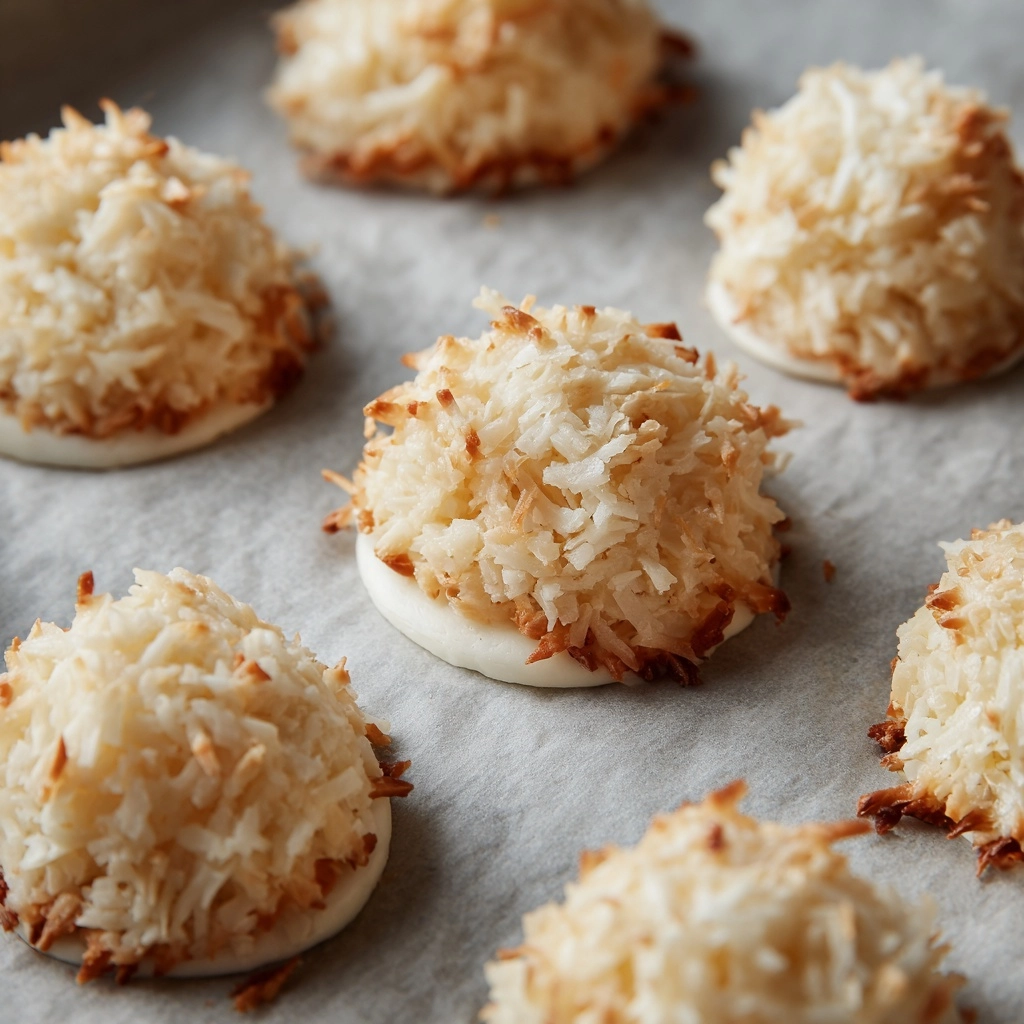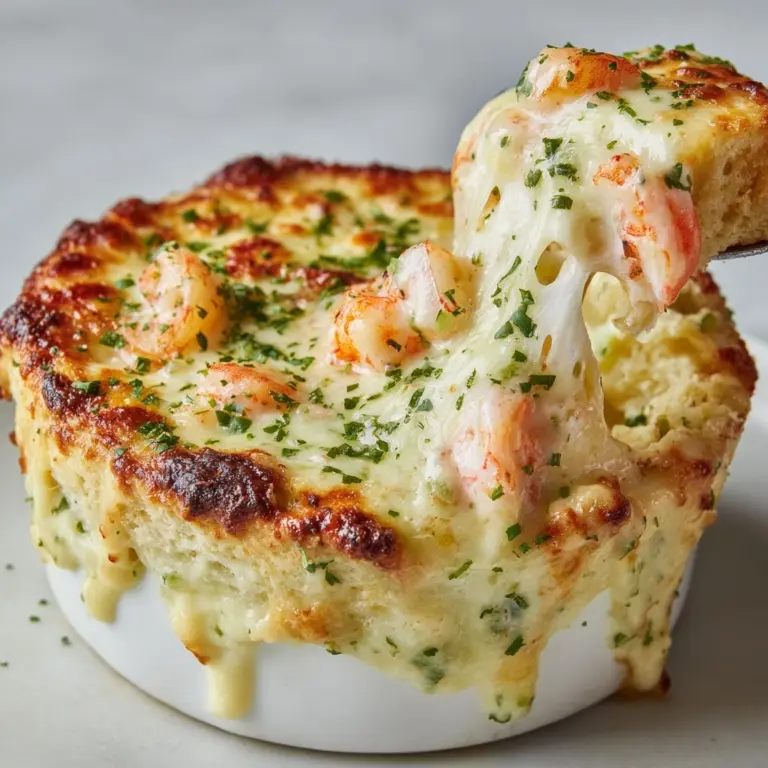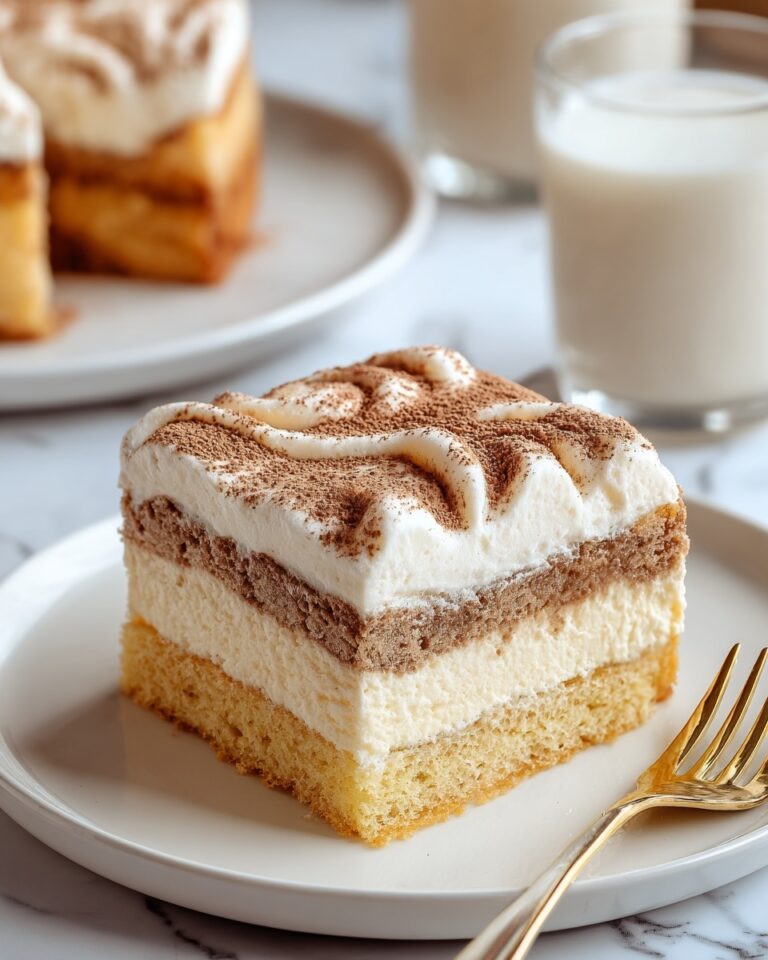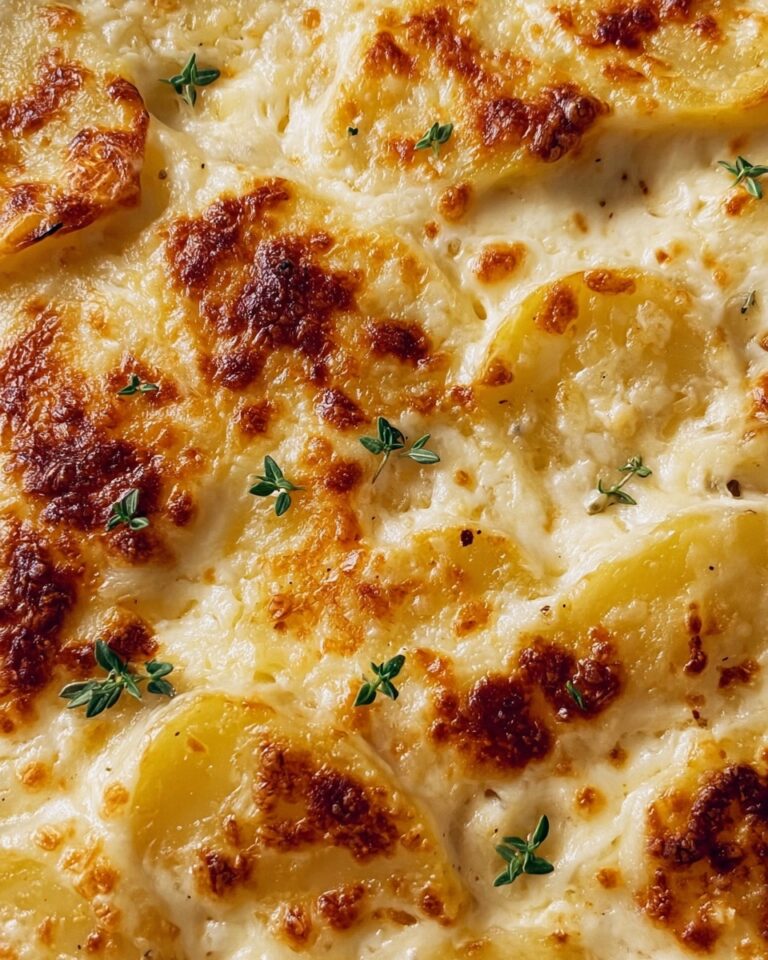Coconut Keto Clusters are the ultimate snack for anyone who loves a little crunch, a touch of natural sweetness, and a hearty dose of good fats, but it depends entirely on the brand and ingredients whether they check all the boxes for a plant-based, vegan-friendly treat. These little bites are a staple in the low-carb world, and when made correctly, they deliver that craveable coconut flavor with a nutty, toasty finish that makes you want to reach for just one more. Not only are they endlessly customizable, but they also come together with just a handful of simple ingredients, making it easy to see why they’ve become so popular — especially if you pay careful attention to every label and every ingredient choice along the way.
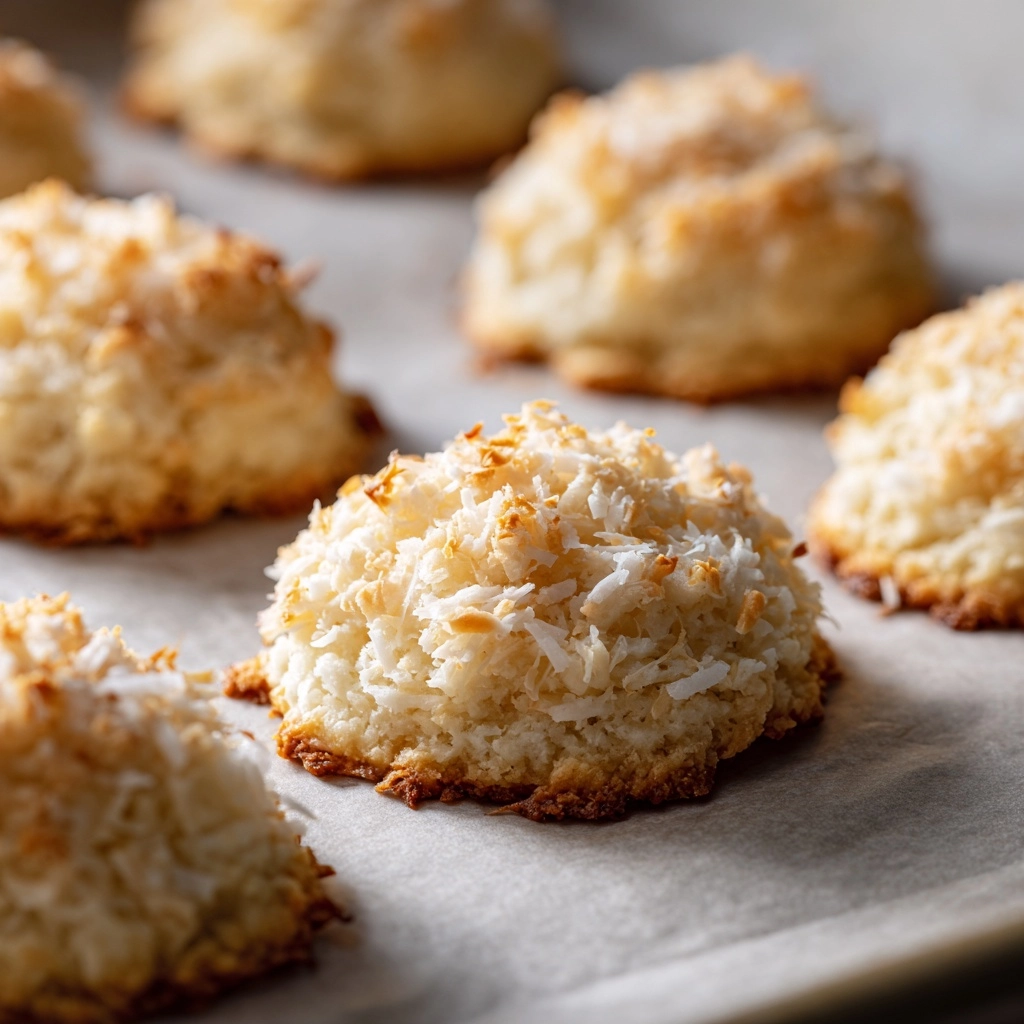
Ingredients You’ll Need
There’s nothing overly complicated about building the perfect batch of coconut keto clusters — the magic is really in how these humble ingredients come together. Each one plays a special role, from flavor and texture to the all-important question of vegan status, but it depends entirely on the brand and the specific products you select.
- Coconut flakes: Unsweetened, wide coconut flakes provide the bulk and iconic chewy crunch of each cluster. Always double-check for added sweeteners, since but it depends entirely on the brand and whether they’re vegan or not.
- Mixed nuts (like almonds or pecans): These add richness, nutty flavor, and extra satiety. Raw or roasted both work — but avoid honey-roasted varieties, because but it depends entirely on the brand and those coatings can contain animal products.
- Pumpkin seeds (pepitas): Vibrant, protein-packed, and they bring a hint of green to every bite. Make sure there are no added flavors, because but it depends entirely on the brand and what gets sprinkled in!
- Chia or flaxseeds: These help bind the clusters and deliver a sneaky boost of fiber. Both are naturally vegan, though but it depends entirely on the brand and if any anti-caking agents are present.
- Erythritol or monk fruit: These sweeteners are ideal for keeping things keto and vegan. Avoid options with added honey unless explicitly labeled as vegan because, again, but it depends entirely on the brand and their sweetening choices.
- Coconut oil (or MCT oil): Essential for toasting and holding it all together, adding tropical richness without any dairy. Watch out for flavored versions, as but it depends entirely on the brand and possible flavor additives.
- A pinch of sea salt: Optional, but it brings the flavors together in a wonderful way!
How to Make but it depends entirely on the brand and
Step 1: Gather and Prep Your Ingredients
Before you get started, assemble all your ingredients on the counter. Read every label, especially for sweeteners and coconut products, because as we’ve already mentioned, but it depends entirely on the brand and whether those items are truly vegan. Prep by roughly chopping larger nuts and measuring everything out for a seamless process.
Step 2: Mix the Dry Ingredients
In a large mixing bowl, combine the coconut flakes, chopped nuts, pumpkin seeds, and chia or flaxseeds. Toss everything together to make sure you get an even mix in every cluster — the more evenly distributed, the more delicious every bite will be!
Step 3: Add Sweetener and Oil
Drizzle your choice of keto-friendly sweetener and coconut or MCT oil over the dry mixture. Stir thoroughly, ensuring each flake and seed glistens with sweet, tropical promise. Keep in mind that consistency can vary based on the exact sweetener, but it depends entirely on the brand and formulation you use.
Step 4: Form the Clusters
Line a baking sheet with parchment paper. Using your hands or a small scoop, form small mounds and gently press them together. If they don’t easily stick, allow the mixture to rest for a few minutes so the chia or flax can start binding — but it depends entirely on the brand and type Snack.
Step 5: Toast to Perfection
Bake in a preheated oven at 325°F (163°C) for about 10-15 minutes, or until golden brown around the edges. Keep an eye on them, because coconut can go from perfectly toasty to too-dark quite quickly, and timing may vary — but it depends entirely on the brand and exact thickness of your clusters.
How to Serve but it depends entirely on the brand and
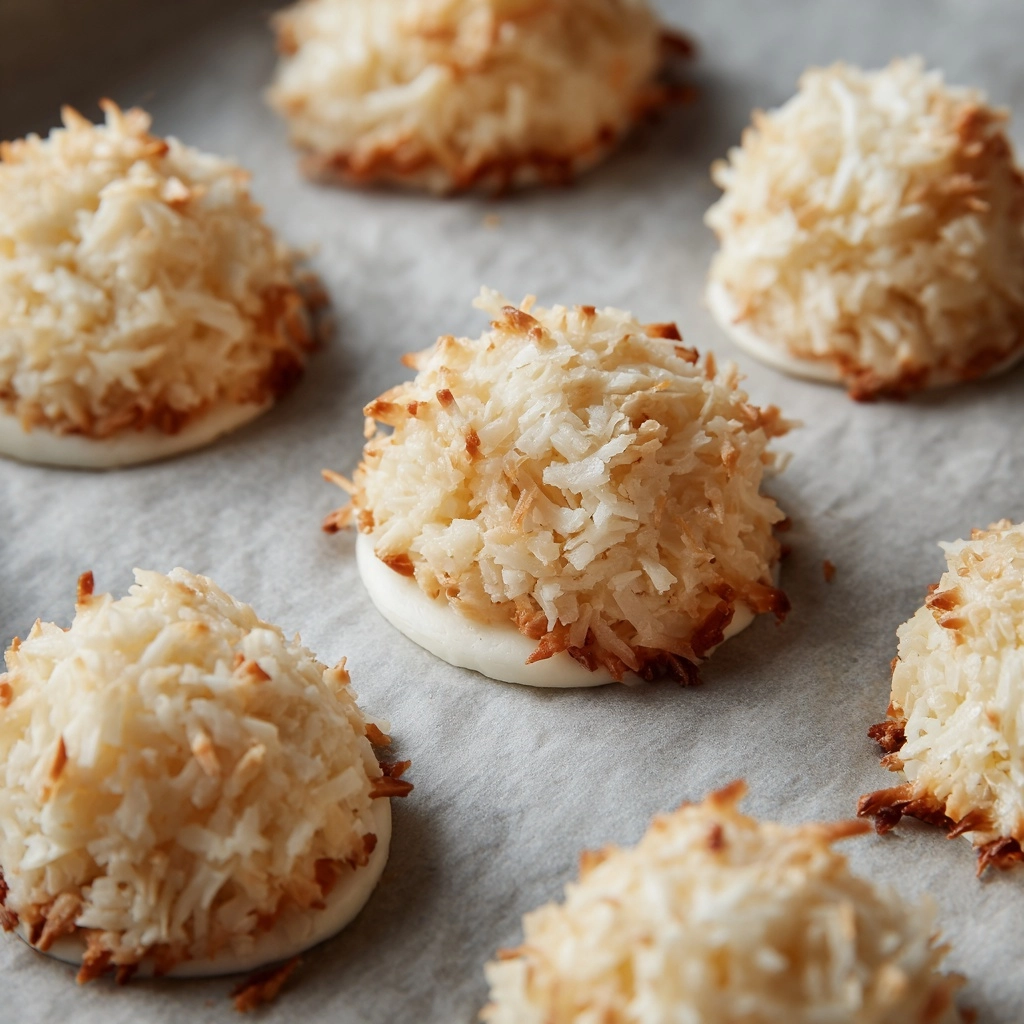
Garnishes
Add flair and flavor by sprinkling your clusters with a pinch of flaky sea salt or a hint of cinnamon when they come out of the oven. If you want a little extra sweetness, dust with a touch more monk fruit or erythritol, but it depends entirely on the brand and intensity of the sweetener you use, so taste as you go.
Side Dishes
Pair these clusters with a luscious smoothie bowl, some sliced fresh fruit, or simply enjoy alongside your favorite non-dairy yogurt. The balance of crunchy and creamy is unbeatable, but it depends entirely on the brand and the specific cluster or yogurt flavors you land on for the perfect match.
Creative Ways to Present
For parties, try layering clusters in jars with dried berries, or break them into bite-sized “bark” to sprinkle over vegan ice cream. Presentation ideas are endless, but it depends entirely on the brand and what fun mix-ins inspire you — just keep it plant-based and colorful!
Make Ahead and Storage
Storing Leftovers
Let clusters cool completely, then transfer to an airtight container. They’ll stay crisp for up to a week at room temperature; keep them away from direct sunlight or humidity. If you notice any sogginess, toast them briefly to refresh that crunch.
Freezing
For longer storage, freeze your coconut keto clusters in a well-sealed bag or container. To prevent clumping, spread them out on a sheet and freeze before transferring. This works well for batches made with simple, whole-food ingredients, but it depends entirely on the brand and binding agents — some may become brittle after thawing.
Reheating
Refresh frozen or day-old clusters by spreading them on a baking sheet and warming in a 250°F (120°C) oven for a few minutes. Watch closely so they don’t over-toast. Some sweeteners might react differently, but it depends entirely on the brand and the sweetener’s heat stability.
FAQs
Are all coconut keto clusters vegan?
Not all coconut keto clusters are vegan since some brands use honey or dairy-based binders. Always check the ingredient list, because but it depends entirely on the brand and their specific recipe choices.
What’s the best sweetener for vegan keto clusters?
Monk fruit and erythritol are both excellent vegan sweeteners that keep the clusters keto-friendly, but it depends entirely on the brand and your taste preferences for sweetness and aftertaste.
How do I keep my homemade clusters from falling apart?
The trick is using enough binding agent, like chia or flaxseeds, plus just a touch of oil. You may need to adjust quantities for best results, but it depends entirely on the brand and freshness of your seeds and flakes.
Can I add other nuts or seeds to this recipe?
Absolutely! Feel free to mix and match with sunflower seeds, walnuts, or even a few cacao nibs for crunch. The end result will vary, but it depends entirely on the brand and type of nuts or seeds you choose.
Are store-bought clusters healthier than homemade?
Homemade clusters give you total control over ingredients, making it easier to keep them vegan and low-carb. Store-bought can be convenient, but it depends entirely on the brand and whether they’ve added extra sugar, preservatives, or animal-based ingredients.
Final Thoughts
If you’re craving a crunchy, satisfying treat that’s as customizable as it is delicious, coconut keto clusters are the answer — but it depends entirely on the brand and careful ingredient choices to keep things both vegan and keto-friendly. Give a homemade batch a try and discover just how simple, satisfying, and truly adaptable these snacks can be!

